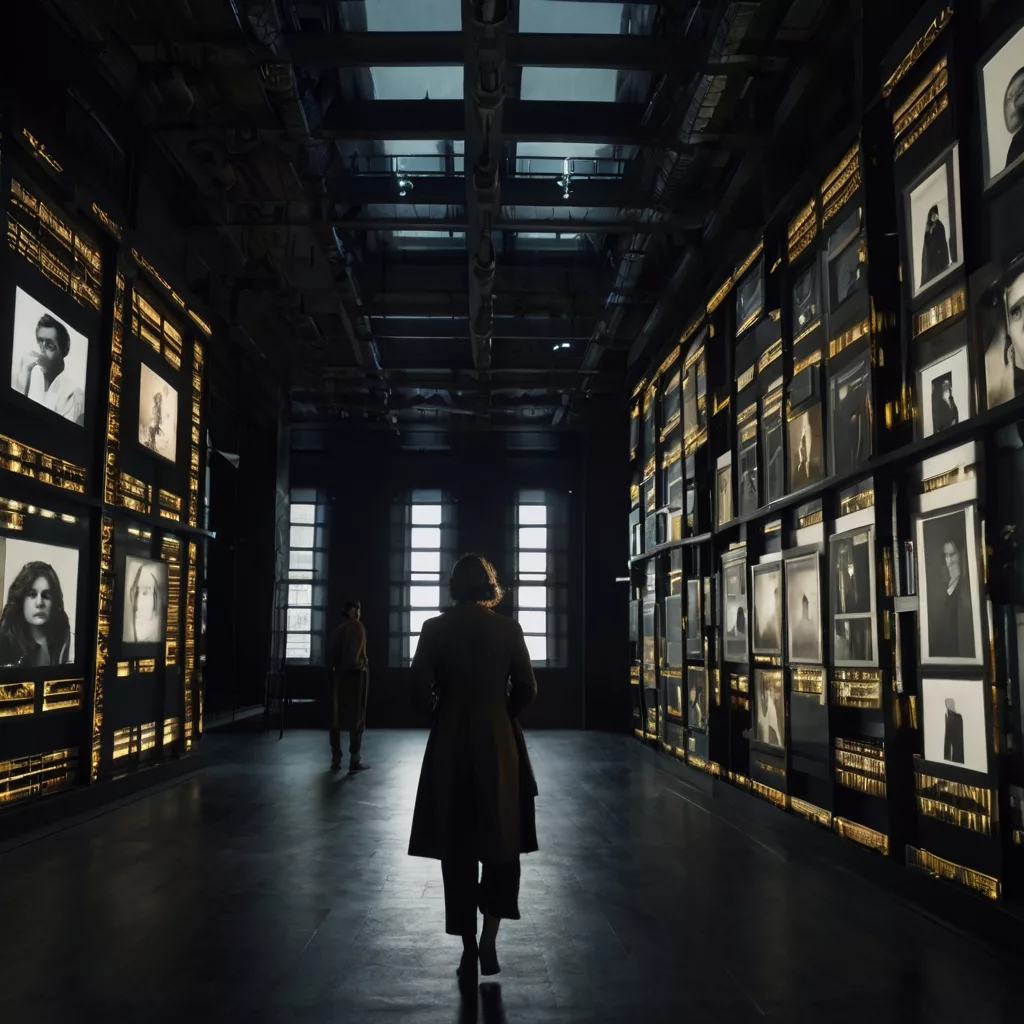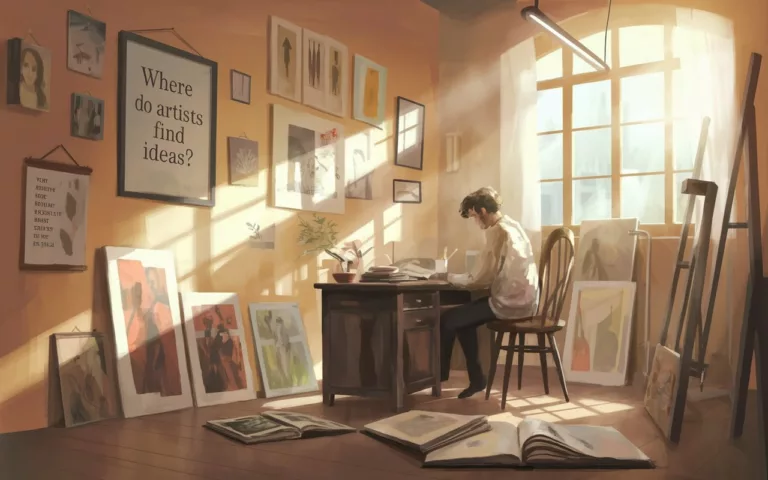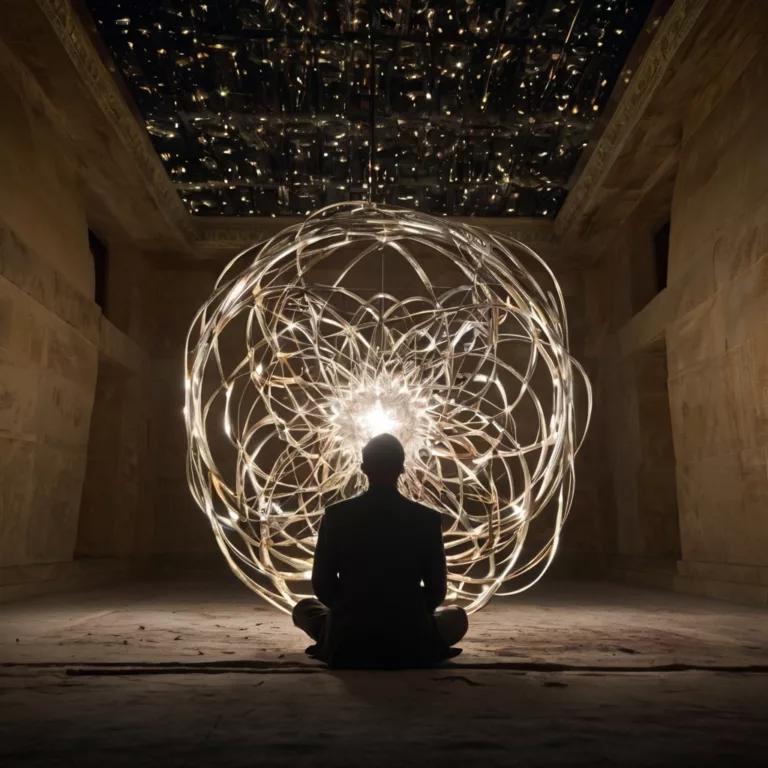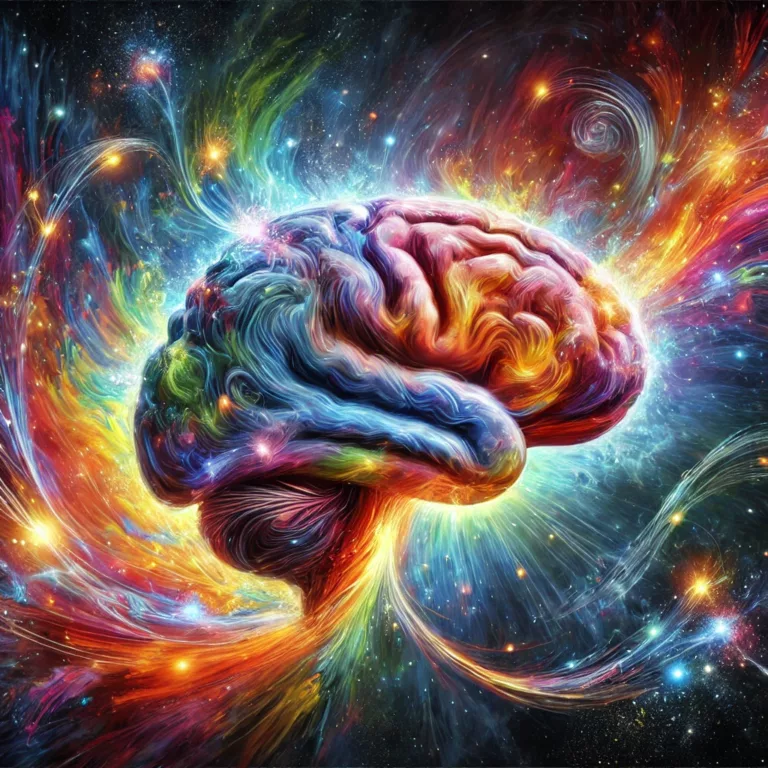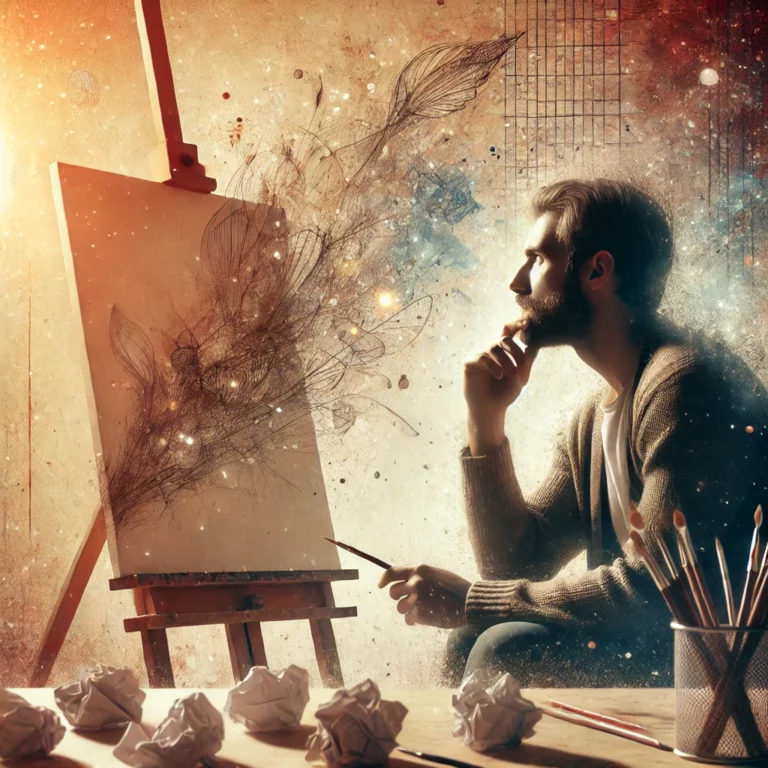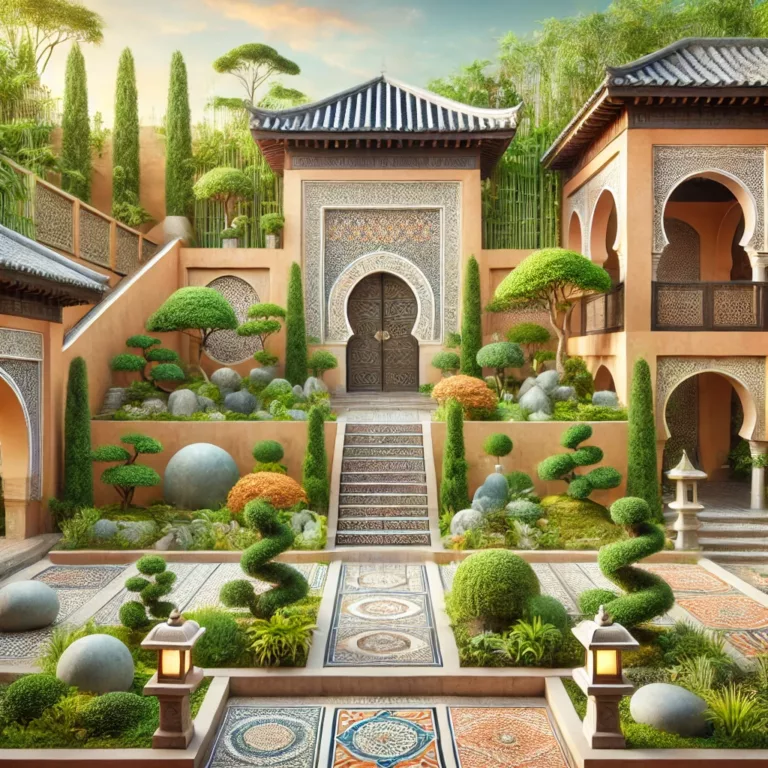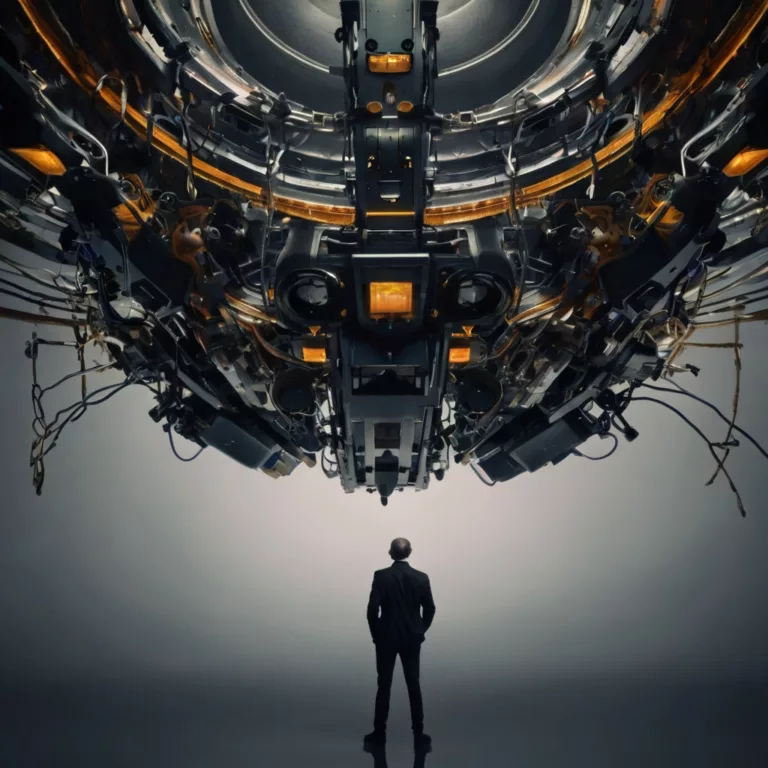Digital Muses: A Profound Exploration of Technology’s Transformative Impact on Artistic Inspiration
Prologue: The Metamorphosis of Creative Expression
In the intricate tapestry of human creativity, we stand at an unprecedented crossroads a moment where technological innovation and artistic expression converge in ways that challenge our most fundamental understanding of inspiration, creation, and artistic authenticity. The digital age has emerged not as a mere technological revolution, but as a profound reimagining of the creative process itself.
The Philosophical Landscape of Digital Creativity
Creativity has always been a deeply complex, almost mystical phenomenon—a dance between human consciousness, emotional depth, and the ineffable spark of innovation. Today, digital technologies are not simply tools but active participants in this dance, blurring the lines between human intuition and algorithmic intelligence, between organic inspiration and computational creativity.
I. The Epistemological Foundations of Digital Inspiration
1.1 Redefining the Concept of Inspiration
Traditionally, inspiration was conceived as a mystical, almost spiritual experience—a sudden illumination emerging from the depths of human consciousness. The romantic notion of the solitary artist, struck by divine inspiration, has been fundamentally challenged by the emergence of digital technologies.
The Paradigm Shift
- From individual inspiration to collective intelligence
- From linear creative processes to complex, networked creativity
- From passive reception to active algorithmic collaboration
1.2 Cognitive Frameworks of Digital Creativity
Modern cognitive science reveals creativity as a complex neurological process involving:
- Multiple brain networks
- Cognitive flexibility
- Pattern recognition
- Divergent thinking
Digital technologies amplify these cognitive processes by:
- Providing unprecedented computational resources
- Offering alternative perspective generation
- Breaking cognitive limitations
- Facilitating rapid ideation and exploration
II. Artificial Intelligence: The New Creative Frontier
2.1 Generative AI: Beyond Tool, Towards Collaborator
Generative AI represents a quantum leap in creative technologies. These systems are not mere instruments but sophisticated creative entities capable of:
- Generating original artistic content
- Analyzing complex creative patterns
- Suggesting innovative approaches
- Learning and adapting to creative contexts
Deep Dive: Generative AI Mechanisms
- Neural Network Architecture
- Convolutional Neural Networks (CNNs)
- Generative Adversarial Networks (GANs)
- Transformer Models
- Recurrent Neural Networks (RNNs)
- Training Methodologies
- Large-scale dataset training
- Transfer learning
- Reinforcement learning
- Unsupervised learning techniques
2.2 Case Studies in AI-Driven Creativity
Visual Arts
- DALL-E 2’s revolutionary image generation
- Midjourney’s artistic interpretation algorithms
- Style transfer technologies
- Procedural art generation
Music Composition
- OpenAI’s MuseNet
- Google’s Magenta Project
- AI-driven composition platforms
- Algorithmic music generation
Literary Creation
- GPT-3 and GPT-4 narrative generation
- Computational storytelling
- Poetic language models
- Automated screenplay development
III. Virtual and Augmented Reality: Reimagining Artistic Experience
3.1 Immersive Creative Environments
Virtual Reality (VR) and Augmented Reality (AR) technologies have transcended traditional artistic boundaries, creating:
- Multi-dimensional creative spaces
- Sensory-rich artistic experiences
- Interactive art installations
- Immersive narrative environments
Technological Innovations
- 360-degree artistic experiences
- Haptic feedback systems
- Spatial audio technologies
- Real-time rendering capabilities
3.2 Interdisciplinary Creative Exploration
VR/AR technologies facilitate unprecedented cross-disciplinary collaboration:
- Architectural visualization
- Performance art transformation
- Educational simulation environments
- Therapeutic artistic experiences
IV. Global Digital Collaboration Ecosystems
4.1 Breaking Geographical and Cultural Barriers
Digital platforms have democratized artistic creation by:
- Connecting global creative communities
- Enabling real-time collaborative projects
- Facilitating cross-cultural artistic exchanges
- Providing accessible creative tools
Collaborative Platforms
- Online creative workshops
- Global art marketplaces
- Decentralized creative networks
- Crowd-sourced artistic projects
4.2 Economic Transformations in Creative Industries
Blockchain and digital technologies are revolutionizing:
- Art ownership models
- Creative economy structures
- Digital rights management
- Transparent royalty systems
V. Big Data and Algorithmic Inspiration
5.1 Data-Driven Creative Insights
Advanced analytics provide artists with:
- Complex trend analysis
- Predictive creative modeling
- Personalized inspiration recommendations
- Comprehensive creative process understanding
Applications Across Domains
- Music trend forecasting
- Visual art pattern recognition
- Literary style analysis
- Performance art optimization
5.2 Ethical Considerations in Algorithmic Creativity
Critical philosophical questions emerge:
- Authenticity of AI-generated art
- Intellectual property in collaborative creation
- Potential algorithmic biases
- Preservation of human creative essence
VI. Neurological and Psychological Dimensions
6.1 Cognitive Enhancement Technologies
Emerging technologies explore:
- Neuro-creative interfaces
- Brain-computer artistic interactions
- Cognitive flexibility enhancement
- Emotional intelligence in creativity
6.2 Psychological Impact of Digital Creativity
Investigating the psychological transformations:
- Changes in creative perception
- Cognitive adaptation to digital tools
- Emotional responses to AI collaboration
- Creative identity in the digital age
VII. Future Trajectories: Beyond Current Horizons
7.1 Emerging Technological Frontiers
Anticipated developments:
- Quantum computing in creativity
- Emotional AI systems
- Holographic artistic platforms
- Neuromorphic creative technologies
7.2 Philosophical and Ethical Framework
Developing comprehensive guidelines for:
- Responsible AI creativity
- Preserving human creative authenticity
- Ethical collaborative frameworks
- Interdisciplinary creative exploration
Conclusion: The Harmonious Symphony of Human and Machine Creativity
The digital muse is not a replacement for human creativity but a profound amplification of our collective imaginative potential. We stand at the threshold of a new creative renaissance—where technology becomes not just a tool, but a genuine collaborative partner in the eternal human quest for expression, meaning, and beauty.
The future of artistic creation lies not in competition between human and machine, but in their harmonious, symbiotic collaboration.
Art11deco

